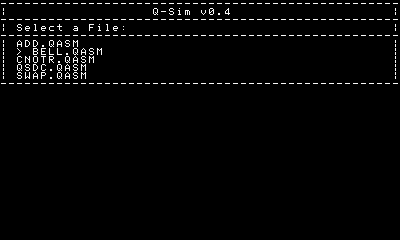You can't simply apply a logic gate to 1 qubit at a time because qubits can become entangled with each other, so instead you apply the logic gate to the entire system at once, which is represented as a 2^n by 2^n matrix where n is the number of qubits you have in memory. This means if you were trying to simulate a machine with 250 qubits of memory, you're looking at having to construct a matrix of 2^250 by 2^250 complex numbers in order to simulate it. A matrix this large would have more elements in a single row than there are atoms in the observable universe. This is why the world record for the number of qubits simulated is only 46. Simulating 1-10 qubits is easy, but its complexity grows exponentially. Having a real quantum computer would allow you to do these operations in a single iteration. This is just a toy to help you understand quantum computers inspired by IBM's Quantum Experience. It cannot replace quantum computers. Trying to perform a quantum algorithm in a classical simulation is incredibly slow. You need a real quantum computer to get the benefits.
Q-Sim Quantum Computer
Root / Submissions / [.]

Download:QK28V3NX
 Version:Size:
Version:Size:
Q-Sim is a simulator for a 5-qubit quantum computer, based heavily off of IBM's QX.
It supports all the same logical operations as IBM's QX as well as supporting programs written in QASM.
There are a few example programs:
"QSDC.QASM"
- Demonstrates the algorithm for a quantum superdense coding.
"BELL.QASM"
- Sets up a Bell state of entangled qubits.
"CNOTR.QASM"
- Uses Hadamard gates to reverse the CNOT gate.
"SWAP.QASM"
- Uses several Hadamard and CNOT gates to create a SWAP gate.
"ADD.QASM"
- Constructs a half-adder from a Toffoli gate and a CNOT gate according to this paper.
I apologize for the really low quality screenshots, I will update them once SmileBASIC finally gives us that screenshot update...
Update 1:
- Added native SWAP gate, Toffoli gate, and Fredkin gate
- Bug fixes
- CNOT gates can have their direction swapped
- Hold the L button while starting a program will allow you to set the initial state of all 5 qubits (type in something such as "00110")
This proves that you don't need a Quantum Computer
A simulation is not equivalent in performance or accuracy to the real thing.
It may not be close, but its fast.